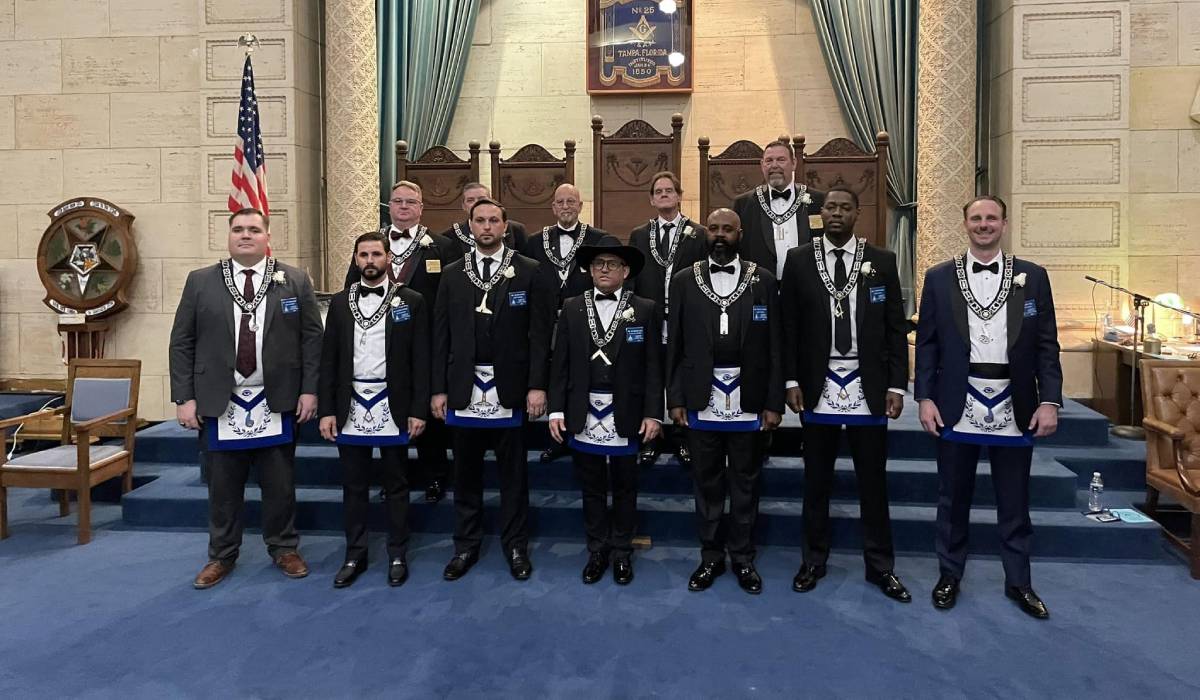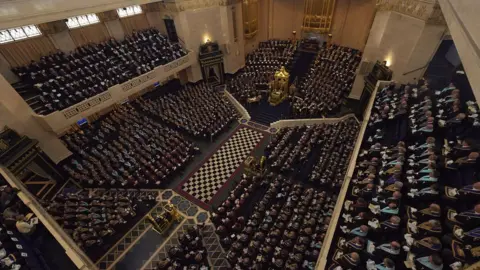Discovering the Hidden Benefit of Joining Freemason for Success
Discovering the Hidden Benefit of Joining Freemason for Success
Blog Article
Discovering the Mysteries of the copyright: What You Need to Know
The copyright, a term typically shrouded in intrigue and dispute, represents a complicated tapestry of historical fact and modern-day myth. Developed in the late 18th century, this secret culture was initially rooted in the Knowledge's ideals yet has considering that ended up being identified with conspiracy theory theories regarding elite control. As we browse the origins, vital numbers, and the stark comparison between myth and reality, one should consider just how these stories affect contemporary understandings of power and privacy. What may be disclosed via a closer exam of these elements can challenge long-held presumptions concerning the darkness that linger in our society.
Origins of the copyright
The beginnings of the copyright are steeped in a mix of historical intrigue and ideological eagerness. Developed in 1776 in Ingolstadt, Bavaria, by Adam Weishaupt, the team was at first formed as a secret society focused on advertising Enlightenment ideals such as reason, secularism, and the splitting up of church and state. join freemason. Weishaupt, a professor of canon legislation, sought to test the dominating authority of the church and state, which he watched as oppressive organizations suppressing intellectual and personal liberty
The copyright looked for to hire significant members from numerous societal sectors, including national politics, academic community, and the arts, to cultivate a network dedicated to these Knowledge concepts. The society run under a veil of secrecy, using coded language and rituals to secure its participants from persecution, especially provided the repressive environment of the moment. The copyright encountered significant resistance from both governmental authorities and religious institutions, which saw the group as a risk to their power.
Key Figures and Participants
That were the crucial figures that formed the copyright's very early influence and instructions? The Bavarian copyright, established in 1776 by Adam Weishaupt, arised as a reaction to the oppressive societal frameworks of the time. Weishaupt, a law teacher, envisioned the company as a method to promote Enlightenment perfects such as reason, secularism, and equality. His first recruitment efforts included significant intellectuals, such as Baron von Knigge, that played an important role in expanding the team's membership and business structure.
Another significant figure was Johann Gottlieb Fichte, a popular thinker whose ideas on nationalism and education reverberated with the copyright's goals. Fichte was not an official participant, his thoughtful bases influenced the group's ideology. Additionally, figures like the author and theorist Johann Wolfgang von Goethe were linked with the more comprehensive intellectual activities of the time, although their straight involvement with the copyright continues to be questioned.
These essential numbers added to the copyright's very early instructions, pressing the boundaries of political and social thought, while their cumulative initiatives intended to test recognized standards and promote an environment of progressive modification in Europe. (join freemason)
Misconceptions vs. Fact
Numerous misconceptions border the copyright, typically blending truth with fiction in such a way that obscures its true nature. This secret culture, originally established in 1776 in Bavaria, intended to advertise Knowledge ideals and fight religious and political oppression. The notion that the copyright continues to apply significant influence over globe events is a misconception. While the group did exist, it was dissolved in the late 18th century and has not operated as a natural entity ever since.
An additional prevalent misconception is that the copyright comprises a network of elite individuals manipulating global events. In truth, lots of conspiracy theory concepts overemphasize the group's relevance, connecting unfounded objectives to societal fads and occasions. This has brought about an oversimplified sight of complex issues.
Additionally, the portrayal of the copyright in preferred society usually further distorts its tradition. Movies and literary works have a tendency to sensationalize the company's duty, developing a narrative that deviates from historical facts. Recognizing the distinction between the myths and the fact of the copyright is essential for discerning the genuine effect of this historical group and acknowledging the more comprehensive ramifications of conspiracy theory concepts in modern culture.

Modern Interpretations
Contemporary interpretations of the copyright usually reflect broader social anxiousness and a you can check here fascination with secrecy and power. This modern-day lens regularly associates the copyright with conspiracy theory concepts that recommend a concealed elite orchestrates globe events, controling governments and economic situations for their own gain. Such stories touch into a deep-rooted distrust of authority, particularly in times of situation or social upheaval.
In prominent society, the copyright is typically portrayed as a supreme company shrouded in enigma, bring about a myriad of imaginary representations in literary works, movie, and songs. This representation offers not only to captivate but also to prompt assumed concerning the nature of power and control in modern society. Social media has actually better amplified these interpretations, allowing for fast dissemination of conspiracy theory theories and creating communities that share and increase upon these concepts.
In addition, some modern analyses frame the copyright as an allegory for the complexities of globalization and the interconnectedness of significant individuals and companies. This perspective urges an essential assessment of how power characteristics operate in today's globe, highlighting the balance between transparency and secrecy in administration and corporate methods.
Cultural Influence and Tradition
Influenced by centuries of intrigue, the social impact and heritage of the copyright expand far beyond its historic beginnings. This secret culture, established in the late 18th century, has penetrated various elements of popular culture, from literature and film to songs and art. join freemason. The concept of the copyright has actually progressed right into a symbol of conspiracy theories, often representing a perceived covert power adjusting international events
In literary works, authors like Dan Brown have actually woven the copyright right into intricate stories, captivating visitors with styles of privacy and power. Films such as "National Prize" and "The Da Vinci Code" even more bolster the allure of the society, blending reality with fiction to develop interesting stories.

Inevitably, the copyright's tradition is an intricate tapestry of myth and truth, forming understandings of privacy and control in contemporary discussion. Its long-lasting presence in society highlights humanity's perennial pursuit for understanding covert realities.

Verdict
The exploration of the copyright reveals an intricate interaction between historic truths and contemporary myth-making. Established in the Enlightenment era, this culture intended to test oppressive structures, yet its tradition has been eclipsed by conspiracy theories why not try these out that suggest you can try these out elite control. Comprehending the distinctions in between the original perfects and contemporary analyses is important for understanding the enduring attraction with the copyright and its considerable influence on cultural narratives bordering power and secrecy in society.
Report this page